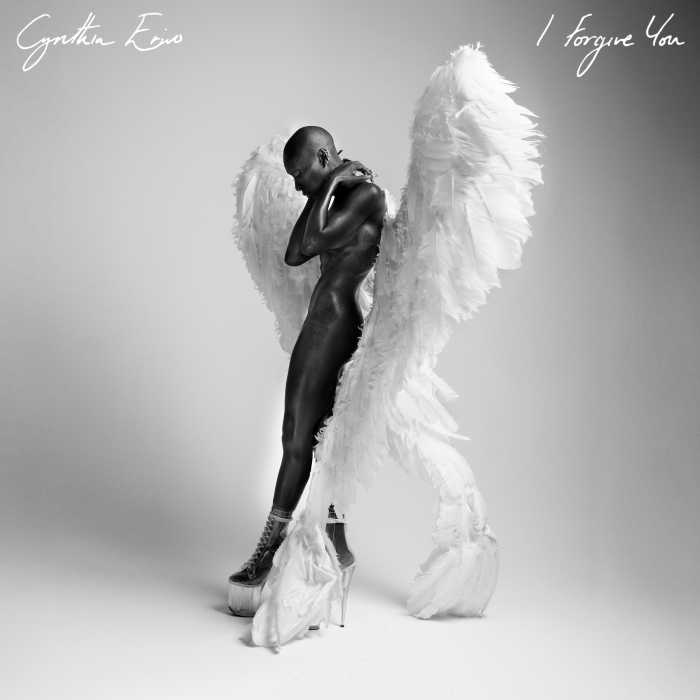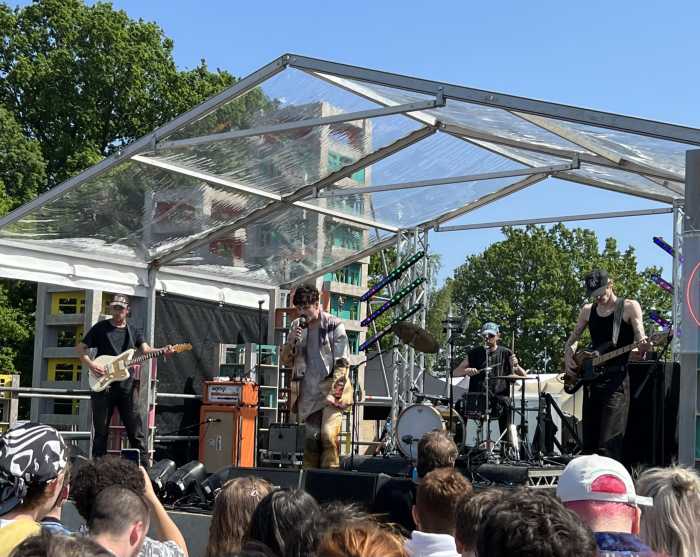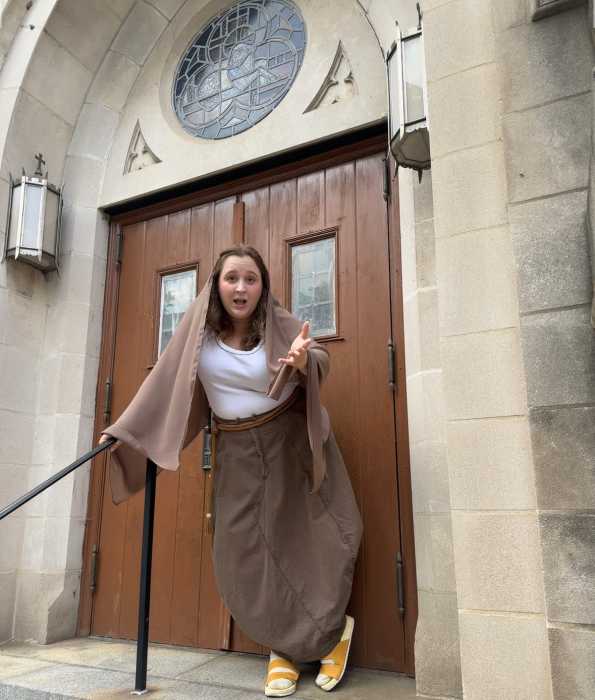Ewa PodleÅ› performs “Ciro in Babilonia” at Caramoor on July 7. | GABE PALACIO/ CARAMOOR
Gioachino Rossini had only just turned 20 when “Ciro in Babilonia” premiered in Ferrara in March 1812, yet he already had composed four operas. Will Crutchfield conducted the US premiere of “Ciro” on July 7 at Caramoor with a cast that will perform it again in August at the Rossini Festival in Pesaro.
The story is taken from the Old Testament Book of Daniel and concerns Persian King Cyrus’ war with the Babylonian tyrant Belshazzar (Baldassare). The second act dramatizes the infamous feast where the “writing on the wall” prophesies the tyrant’s doom after he desecrates the sacred vessels from the Temple. The bel canto mad scene that follows is a tenor showstopper for Baldassare. The librettist has added a romantic triangle — Baldassare has captured Ciro’s wife, Amira, and their son and is pressing his unwelcome attentions upon the captive queen.
The music has roots in the late 18th century style of Paisiello and Cimarosa, though the orchestration and harmonic structure are simpler and lighter. In the concerted numbers you can hear Rossini’s distinctive voice emerging. Several individual numbers — like the soprano/ contralto duet in the Act II prison scene — presage famous pieces from “Tancredi” and “Semiramide”.
Cult-figure contralto Ewa PodleÅ› at 60 remains a wonder of the operatic world as Ciro. She has lost some of the reckless bravura in ornamentation — she no longer rides cadenzas like Evel Knievel — but the voice has gained in evenness. The top was warm and round without the countertenor hoot that sometimes afflicted it, and the low tones had no trace of a rasp. Several sepulchral low notes drove her admirers to mid-aria ovations the way Italian audiences applaud tenorial high notes. Her final scena showed her in full command.
Jessica Pratt, an Anglo-Australian coloratura soprano active in Italy, sang Amira in a lustrous voice that was full and agile when singing lyrically but could lose control under pressure. She reminded me of the young June Anderson at her best.
The evening’s biggest ovations were for rising tenor Michael Spyres as Baldassare. He seemed more comfortable in this Rossini coloratura baritenor role — the specialty of recent tenors like Chris Merritt and Bruce Ford — than as the heroic Arnold in “Guillaume Tell.” Singing commandingly with dramatic commitment and energy over a wide vocal range, Spyres showed why he is popping up in major assignments all over Europe.
Crutchfield and the Orchestra of St. Luke’s kept the orchestral texture light and transparent while giving proper attention to the needs of the singers. Comprehension of the plot and story was muddled by the lack of a detailed synopsis in the program and surtitles on the stage. Instead, we had the “silent movie” concept of director Davide Livermore and video designer Paolo Cucco, with busy images of battle scenes from Griffith’s “Intolerance” and palace interiors with moving pillars competing with the music for our attention. Only the occasional intertitle told us what was going on. The concept added a distancing element of artificiality and camp that was not helpful.
Georg Philipp Telemann’s “Orpheus” was presented in May by the New York City Opera uptown in the colorful jewel box auditorium at El Museo del Barrio. This opera was first performed in Hamburg in 1726, but the manuscript was rediscovered in 1978. The work is a strange multicultural hybrid, an eclectic mishmash of German, Italian, and French styles and texts. Somehow, this makes the piece very contemporary — cultural recycling and mash-ups are currently all the rage. The texts are taken from various earlier sources by composers like Lully and Handel, but the music is all Telemann.
Characters will start out with a sober recitative in German, sing a lament in French, and then swear vengeance in a fiery Italian allegro. The familiar story of the singer poet Orpheus traveling to the underworld to reclaim his deceased Eurydice is spiced up with that evergreen operatic plot element — the romantic triangle. The other woman here is the scorned Queen Orasia, who longs for a love song from Orpheus and sends that venomous snake to take Eurydice out of the picture.
The arias are melodically attractive but follow familiar baroque operatic forms. Telemann’s accompaniments were more imaginative, with surprising ornamental figures and instrumental combinations. His dramatic pacing was not quite as well-honed. The opera is overlong — Gluck’s version clocks in around 90 minutes — and the story meanders, losing momentum. Just when things are rushing to a tragic climax, the action stops for a minor character to sing a long sorrowful plea to Orpheus.
Jennifer Rowley as the operatic madwoman Orasia sang with a ductile soprano rich in overtones. Her lush voluminous voice is more a Romantic opera instrument and sometimes sounded overpowering in the 600-seat venue. Daniel Teadt’s light baritone and overly casual demeanor made Orpheus seem a pleasant lightweight, not a tragic hero. Joélle Harvey’s silvery plaintive soprano made one wish that Eurydice had more to do in this version. Gary Thor Wedow conducted a small ensemble of historical instruments with intelligence but little flair. Any ensemble problems or vocal mishaps had been cleared up by the second performance.
Mark Dendy’s negligible choreography was limited by a small stage and one dancer. David Zinn’s attractive costumes and unit set were contemporary as was much of the onstage behavior. Rebecca Taichman’s direction seemed an attempt to copy the clever work of European directors without their sense of style or dramatic insight. Taichman had Orasia apply make-up while confessing her anger at being scorned by Orpheus. This encouraged the audience not to take the character or her vengeance seriously, undermining the drama.
This production was lively, scrappy, and enterprising, and the singing and musicianship professional. However, it was not on the level of the work NYCO presented in its Handel productions of the 1990s.



































